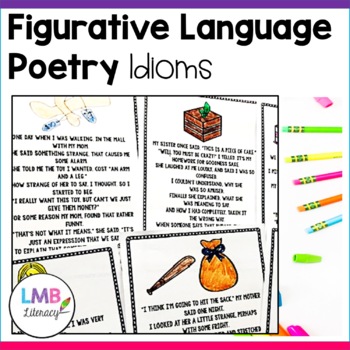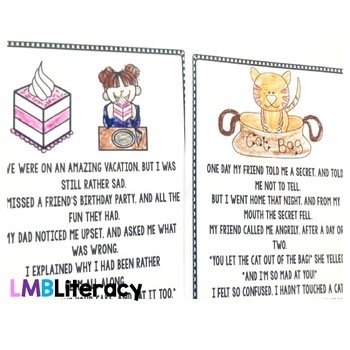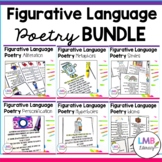Figurative Language Activities, Idiom Poems with Poetry Comprehension
- PDF
What educators are saying
Also included in
- This figurative language poetry bundle is a great way to teach your students figurative language. Figurative language can be a difficult concept to comprehend. With these engaging, humorous poems, students will be able to learn the meanings of metaphors, similes, hyperboles, alliteration, idioms, anPrice $16.80Original Price $21.00Save $4.20
Description
These eight figurative language poems are a great way to teach your class idioms. Idioms can be a difficult concept to comprehend. With these engaging, humorous poems, students will be able to learn the meanings in a unique way! Also includes visuals on each poetry page. In this set you will find:
~Table of contents
~Teacher tips
~8 Idiom poems for the following phrases:
*A Piece of Cake*
*Costs an Arm and a Leg*
*Let the Cat Out of the Bag*
*Hit the Sack*
*Skating on Thin Ice*
*Break a Leg*
*Over the Moon*
*Can't Have Your Cake and Eat it Too*
~8 follow up comprehension question sets
If you like this product you may also like:
Figurative Language Activity Bundle
Notes To Customers! :)
Please click the star to follow me for more products and freebies!
If you enjoy a product, feedback is always welcomed and appreciated!
If you have any questions or concerns about a product, please contact me through the Q and A and I will get back to you ASAP!






